
| HOME | I | BROWSE BY ALBUM | I | BROWSE BY SONG | I | SEARCH LYRICS | I | EQUIPMENT / TECHNIQUE | I | TABLATURE KEY | I | DARK NIGHT BLUES | I | CONTACT |

|
||||||||||||||
| HOME | I | BROWSE BY ALBUM | I | BROWSE BY SONG | I | SEARCH LYRICS | I | EQUIPMENT / TECHNIQUE | I | TABLATURE KEY | I | DARK NIGHT BLUES | I | CONTACT |

| IMPROVISATION | I | MINIMALISM | I | TUNINGS | I | EQUIPMENT |

Two 1964 JB Hutto Montgomery Airlines |

A 1960s Harmony H73 |
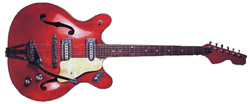 A 1970s Crestwood Astral II
A 1970s Crestwood Astral II
|

A 1950s Kay Archtop |

A 1915 Gibson L-1 |
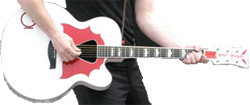
A custom Rancher Falcon Cutaway ("Rita") |
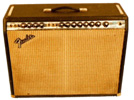
A 1970s "silverface" Fender Twin Reverb |
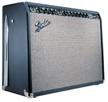
An older, 1960s "blackface" Fender Twin Reverb |
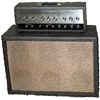 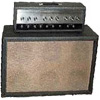
Two 100-Watt Sears Silvertone 6x10 combos |

Electro-Harmonix Big Muff (Distortion / Sustainer) |

Digitech Whammy IV (Octave divider) |

Dunlop MXR Micro Amp (Signal boost) |
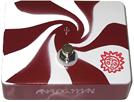
Analog Man Switchboxes (channel selectors) |
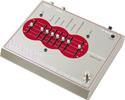
Electro-Harmonix Poly Octave Generator (Octave divider) |

BOSS TU-2 (Chromatic tuner) |